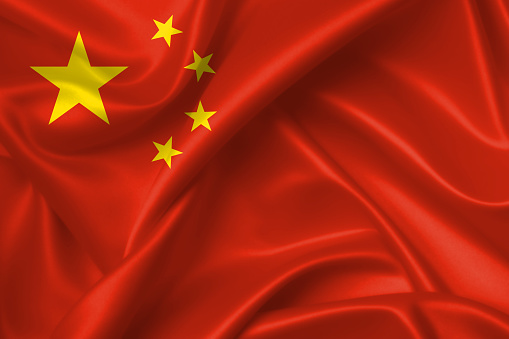
Meandering Trading
Markets are mixed with clear drivers lacking. S&P 500 rebounded marginally on positive trade news. Yet Asian trading has been more tentative. Thursday Chinas top diplomat stated that China was willing to purchase additional US products and trade discussion would yields results. However, news that profits of Chinese major industrial firms fell a worrying -2.0% m/m (following 2.6% rise in July). The follow-through into equities are slight but set a pessimistic tone. USD continued to dominate FX trading despite US yields softer. Over the weekend Hong Kong is bracing for amplification of pro-democracy protests ahead of the 70th anniversary of the founding of the People Republic on Tuesday. Despite the healthy fundamentals, Hang Seng continued to be sold on risk concerns. We would tread carefully around HKD and Hong Kong assets given the growing event risks. On the docket, in the US Core durable goods will further come under pressure as a clear downward trend is set to begin. US core PCE deflation will likely test 2.0% y/y in 4Q which could limit the fed’s ability to adjust monetary policy. In Mexico, following the clear trend in EM central banks, Banxico is expected to cut the Main Rate 25bp to 7.75% while maintaining the dovish tone.
Oil prices deflate as Saudi output close to normal
Things have turned for oil, which is set for the second weekly loss of the month. The impressive price appreciation that brought oil prices up by over 14% in three days following the presumed Iran attacks on Saudi Aramco oil facilities that caused a production drop by over 50% or 5.7 million bpd is now softening as the kingdom production capacity is outpacing its initial repair schedule while additional defense infrastructures should safeguard the region. Additionally, Trump’s impeachment affair and the recent release of China’s industrial profits in contraction territory also contribute to current gloomy price action, although upcoming US – China trade talks officially starting on 10 October 2019 could provide some support despite a muted global economic outlook.
Developments in the Persian Gulf and Strait of Hormuz Middle East region have increased production costs amid heightened security and insurance premiums as the demand for oil prices is expected to drop for 2019/2020. According to OPEC and the International Energy Agency, oil demand should oscillate along 1.1 – 1.02 mbpd for 2019 and 1.3 – 1.08 mpbd for 2020 while additional decline is conceivable if the global economy continues to worsen. Whereas production activities in OPEC’s largest producer Saudi Arabia have resumed promptly, with a production pace of 8 million bpd or 70% of its maximum capacity, US EIA Crude oil inventory data for the week ended to 20 September are pointing to a rise of 2.4 million barrels, the second consecutive rise, thus supporting an overall negative trend on oil prices. In this setting, crude oil is expected to remain in the current range, given investor sentiment regarding current political turmoil and additional sanctions that may be imposed on Iran.


 Signal2forex.com - Best Forex robots and signals
Signal2forex.com - Best Forex robots and signals




